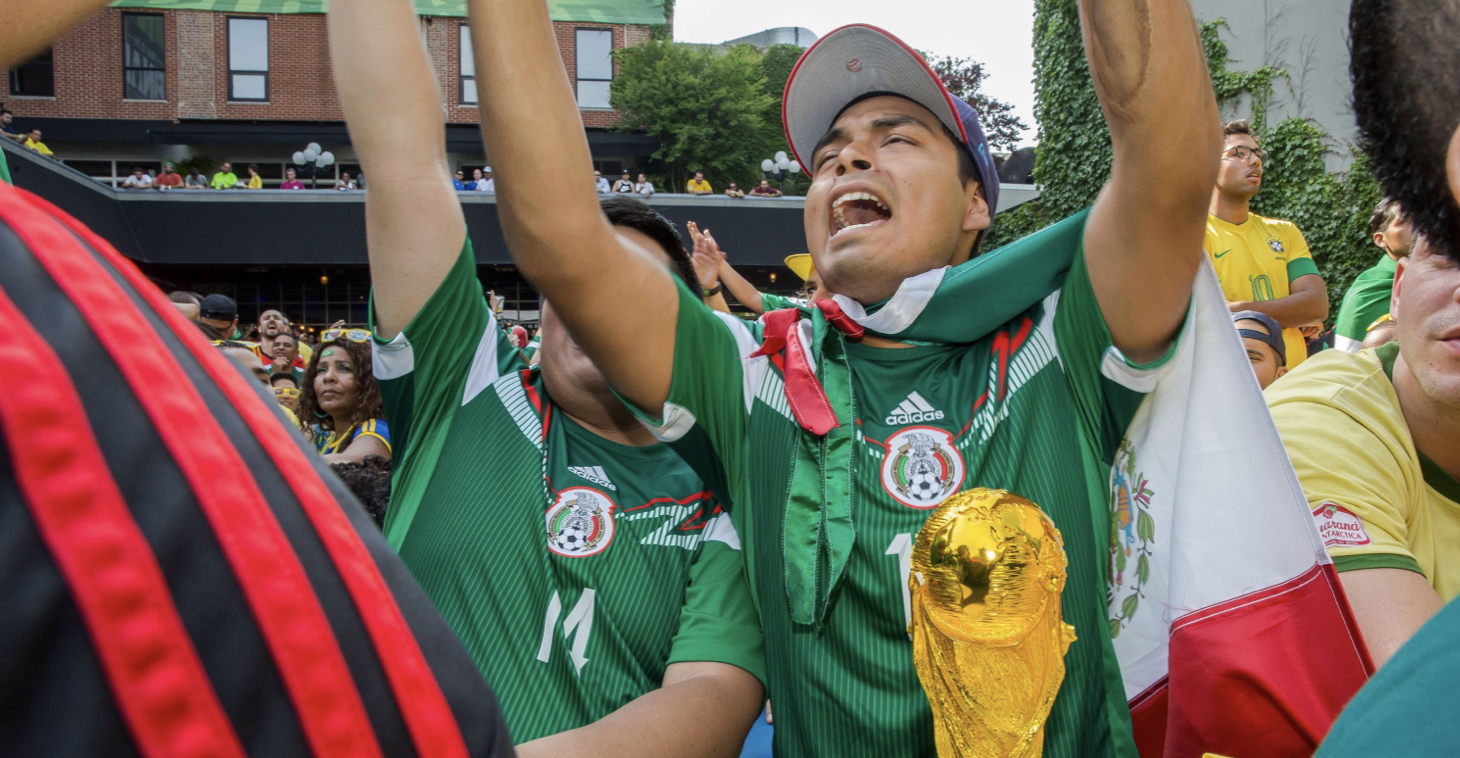
DEMOGRAPHICS: A YOUNGER, MORE ACTIVE FANBASE
Hispanic and Latino soccer fans in America present a distinct demographic profile that reflects the sport’s cultural resonance within the community. In a continuation of our mini report series, we provide a brief look at an audience who discovers soccer early in life through family, stays active through casual play, brings diverse sporting interests to their soccer fandom, and has slightly different social media preferences than their peers.
Age tells an immediate story: 55% of Hispanic fans fall in the 16-34 range, considerably higher than White fans (33%), though lower than Black fans (64%). This younger skew connects to when they first became fans. More than 4-in-10 (43%) Hispanic supporters discovered soccer at age 10 or younger, compared to just 31% of White fans and 36% of Black fans. Hispanic fans are finding the sport earlier in life, a pattern that becomes clearer when we examine how family shapes their entry into fandom—more on that later.
The playing habits of Hispanic fans reveal something equally telling. Nearly two-thirds (64%) still play soccer, with 49% participating in casual pickup games rather than organized team or league play. Only 18% play in organized settings, compared to 28% of White fans who still play in structured environments. This difference may reflect the greater number of organized league opportunities available to White fans, while Hispanic and Black fans (who show similar patterns at 21% organized play) have historically had fewer pathways into structured soccer—something organizations like Alianza de Futbol and Black Star are working to address these opportunity gaps.
Beyond soccer, Hispanic fans bring boxing and MMA into their sporting mix at notably higher rates—51% include combat sports among their top three favorites, compared to 27% of White fans and 43% of Black fans. This preference suggests cultural connections that extend beyond soccer, with pro football (61% in top three) and pro basketball (53%) rounding out their top sporting interests. For comparison, White fans gravitate toward pro football (60%), college football (40%), and pro basketball (40%), while Black fans prioritize pro basketball (68%), pro football (65%), and boxing/MMA (43%).
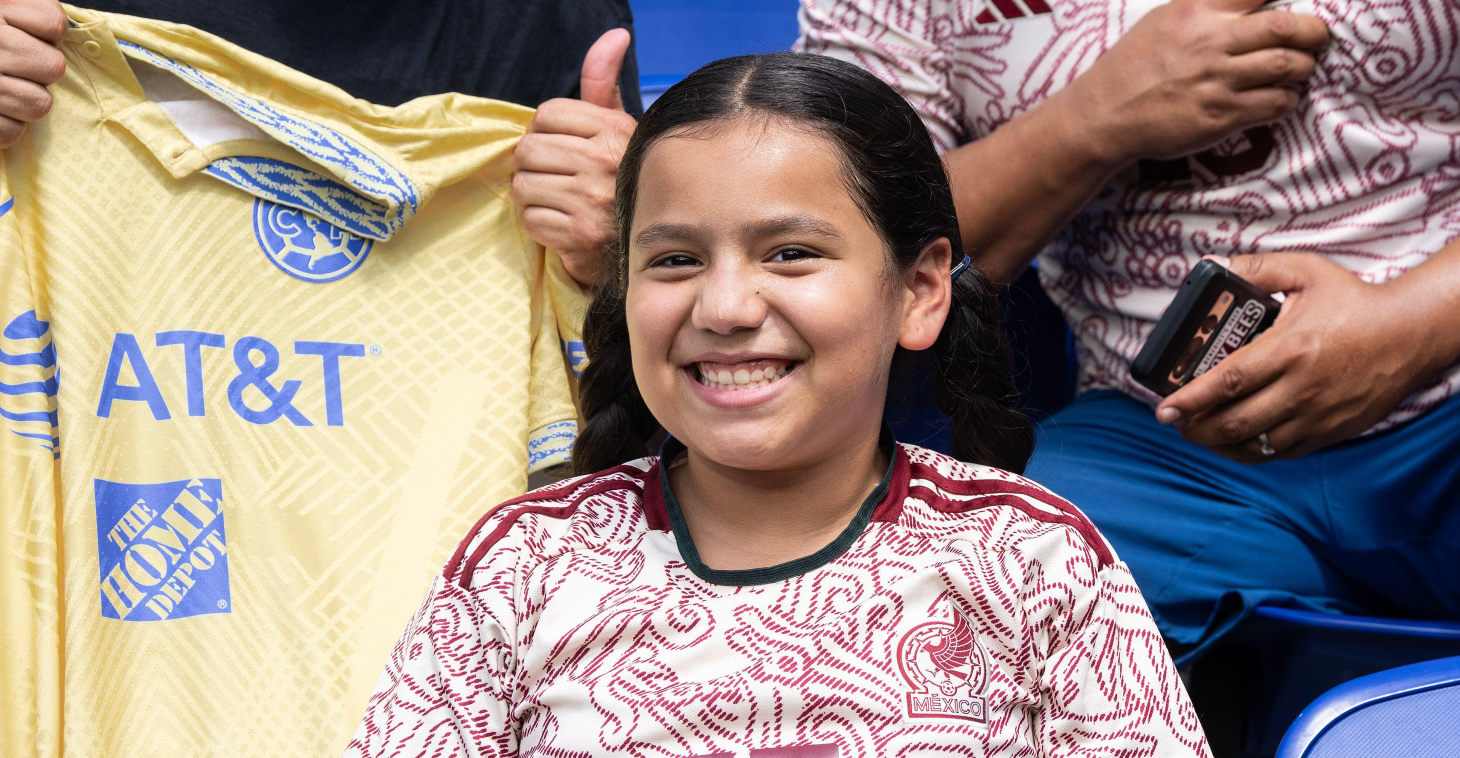
FANDOM BACKGROUND: FAMILY AS THE GATEWAY
These demographic patterns—the younger age profile, the early discovery of soccer, the cultural touchpoints—point toward a distinctive pathway into fandom. For Hispanic soccer fans, that path runs through family in ways that distinguish them from other communities. The sport isn’t just discovered, it’s inherited and passed down through generations and woven into household culture from an early age.
The numbers tell this story clearly. Among Hispanic fans, 19% say they were “born into soccer fandom” compared to 11% of White fans and 14% of Black fans. Another 17% became fans through direct family involvement, versus 13% of White fans and 10% of Black fans. Combined, more than one-third (36%) of Hispanic fans trace their fandom directly to family connections—much higher than the 24% seen among both White and Black fans.
This family-driven pathway helps explain the pattern we saw earlier: why 43% of Hispanic fans became supporters at age 10 or younger. When soccer lives in your household, when games play on TV during weekend meals, when older siblings or parents already follow the sport, fandom doesn’t require a deliberate choice—it simply becomes part of growing up. This represents nearly double the percentage of White fans (31%) and notably more than Black fans (36%) who discovered soccer at similarly young ages.
FAMILY-RELATED FAN ORIGIN PATHWAYS
The family connection extends beyond initial discovery into ongoing engagement. Hispanic fans show notably higher rates of rooting for multiple countries equally—27% compared to just 19% of White fans. This pattern likely reflects family heritage spanning borders, with fans maintaining ties to both their current home and ancestral connections through the sport.
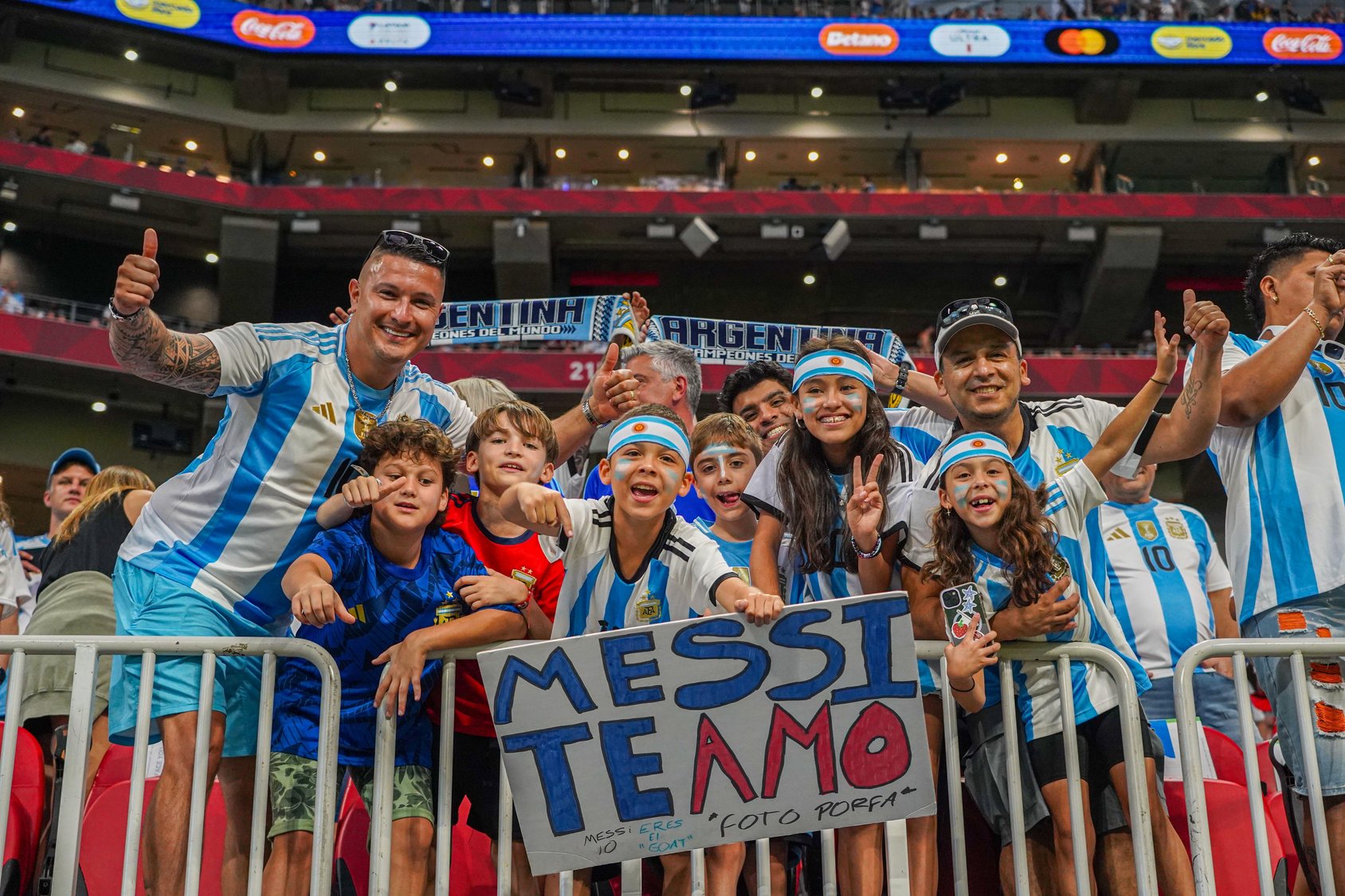
CONSUMPTION: THE BILINGUAL VIEWING EXPERIENCE
This family foundation rooted in cultural heritage and cross-border connections naturally influences how Hispanic fans consume soccer content. Language preferences vary depending on the type of content, revealing a bilingual fanbase that navigates between English and Spanish based on context and format.
When asked about their preferred language for consuming soccer content, patterns shift across different activities. Nearly two-thirds (62%) prefer reading soccer content in English, while 12% prefer Spanish and 27% have no preference. For watching content, 47% prefer English, 22% prefer Spanish, and 31% have no preference. For watching live games, preferences shift even more notably—40% prefer English, 30% prefer Spanish, and 31% have no preference. Watching soccer games shows the highest Spanish-language preference of any consumption category, suggesting that the live game experience connects more deeply to Spanish-language culture and commentary. For podcasts, 47% prefer English, 20% prefer Spanish, and 33% have no preference.
LANGUAGE PREFERENCES FOR SOCCER CONTENT
Overall, English remains preferred across all categories, but Spanish maintains meaningful representation, particularly in live game viewing. This bilingual flexibility reflects the broader cultural reality of many Hispanic fans—navigating between languages depending on setting, audience, and emotional connection to the content.
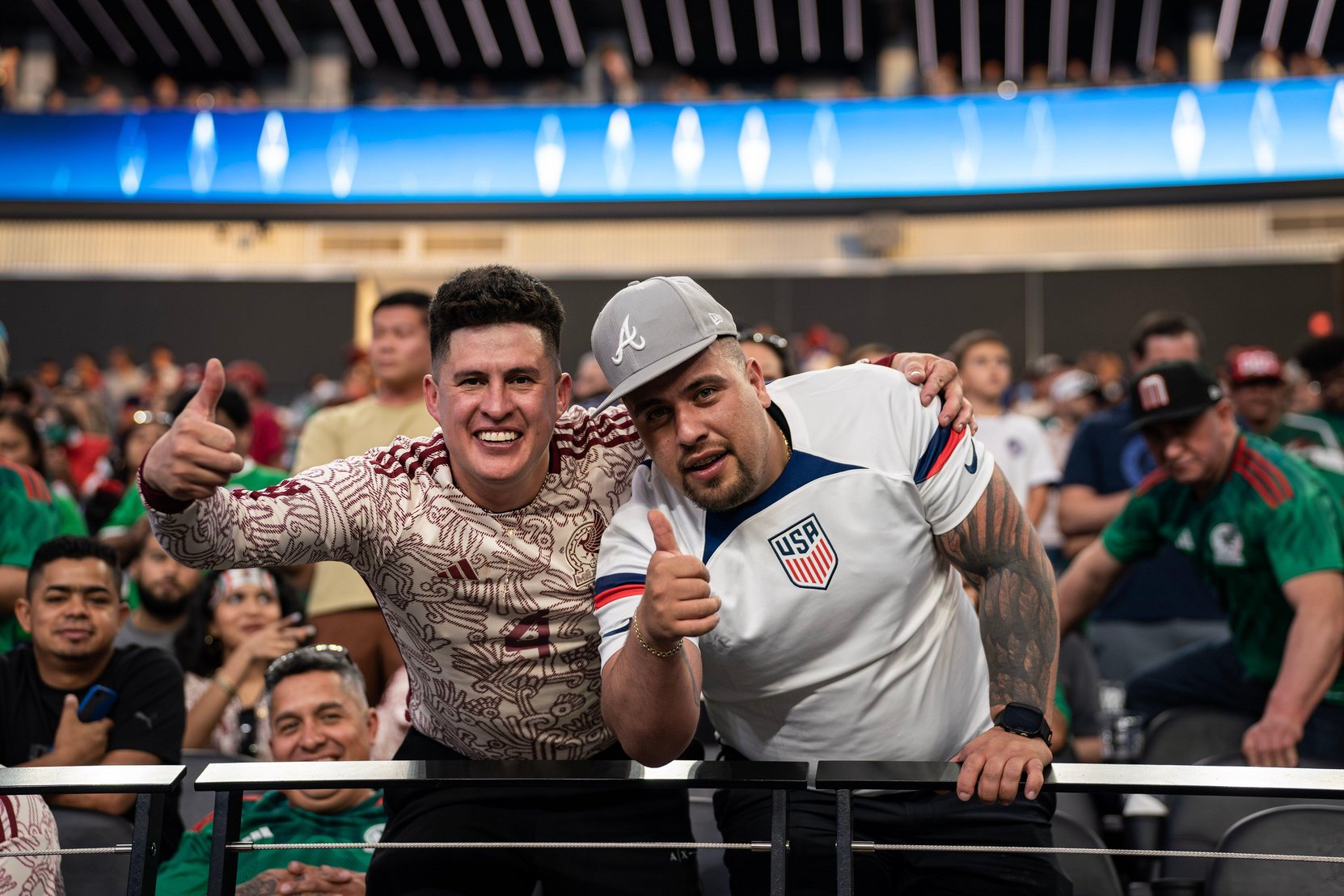
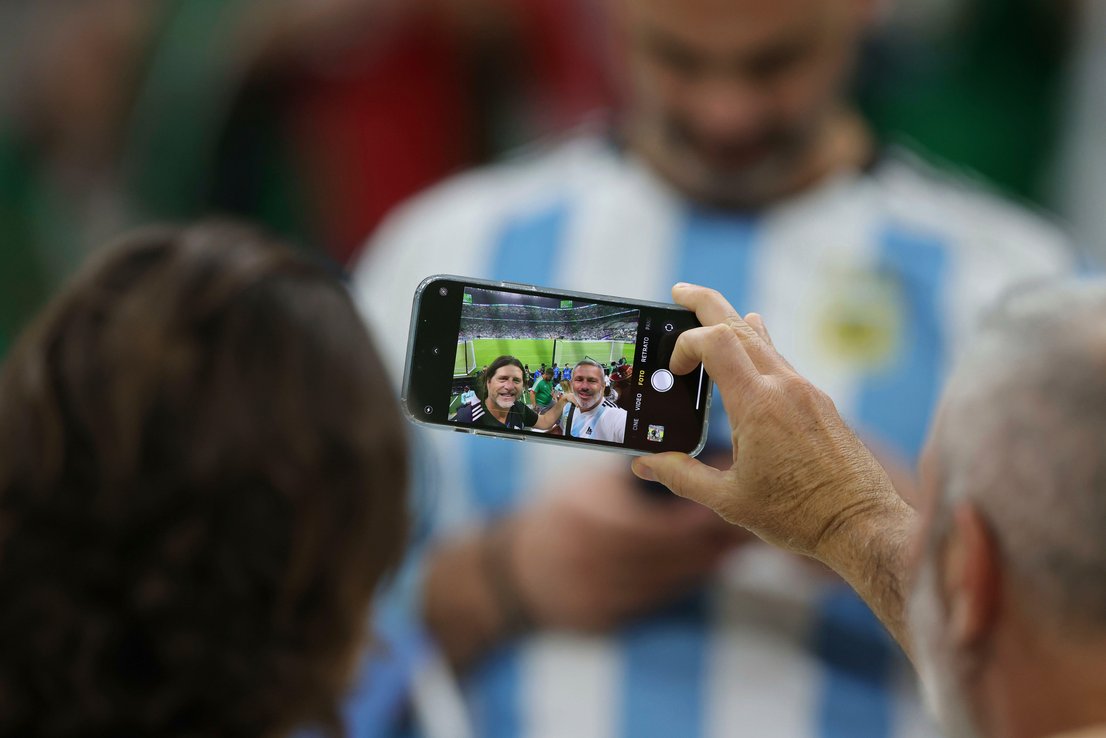
CONCLUSION: CULTURE AS THE FOUNDATION
Hispanic soccer fandom in America reflects the deep cultural roots that make the sport more than just entertainment—it’s heritage, family tradition, and community connection woven together. From the earliest moments of discovery through daily digital engagement, Hispanic fans navigate soccer through a distinctively bilingual, family-centered lens that sets them apart while contributing richly to the broader American soccer landscape.
The patterns throughout this mini report reveal a fanbase shaped by cultural transmission rather than casual discovery. Soccer enters Hispanic households early and stays embedded in daily life, creating fans who understand the game through participation, maintain connections across borders, and consume content in ways that honor both their current home and cultural ties.
Key insights:
Family drives fandom from the start: More than one-third (36%) of Hispanic fans trace their soccer fandom directly to family connections—either being born into it (19%) or through family involvement (17%)—much higher than White and Black fans (both 24%). This family foundation explains why 43% became fans by age 10, nearly double the rate of White fans.
Active players, but through casual channels: Nearly two-thirds (64%) of Hispanic fans still play soccer, with 49% in casual pickup games but only 18% in organized settings, notably lower than White fans (28%). This gap reflects historical disparities in access to structured opportunities, which organizations like Alianza de Futbol and Black Star are working to address.
Bilingual consumption with Spanish strongest in live moments: While English remains preferred for most soccer content (62% for reading, 47% for podcasts), Spanish preference peaks during live game viewing at 30%—the highest of any category. The emotional intensity of live games connects more deeply to Spanish-language culture and commentary.
High social media adoption with platform diversity: Four-in-five Hispanic fans (80%) use social media for soccer news, slightly higher than White (76%) and Black fans (75%). Platform preferences spread across YouTube (34%), Instagram (28%), TikTok (24%), Facebook (23%), and X/Twitter (23%). Notably, TikTok adoption is much stronger than White fans (24% versus 13%).
Rooting across borders reflects heritage connections: Hispanic fans root for multiple countries equally at higher rates (27%) compared to White fans (19%), reflecting family heritage that spans borders. This multi-country allegiance is a natural extension of maintaining ties to both current home and cultural connections.
Cultural sporting preferences extend beyond soccer: Hispanic fans include boxing and MMA among their top three sports at rates far exceeding White fans (51% versus 27%), positioning them at the intersection of multiple sporting cultures with strong Latino/a traditions.
SOCIAL MEDIA PLATFORM PREFERENCES